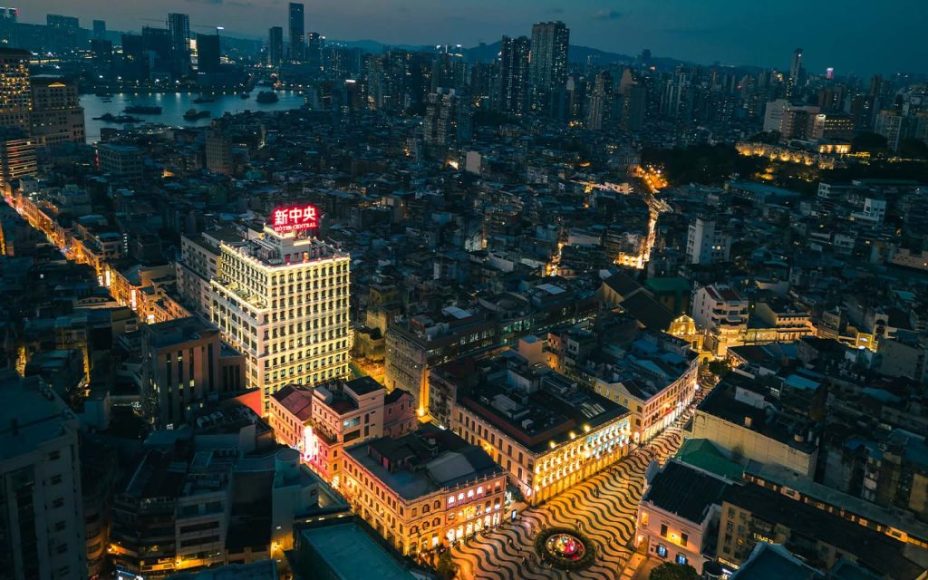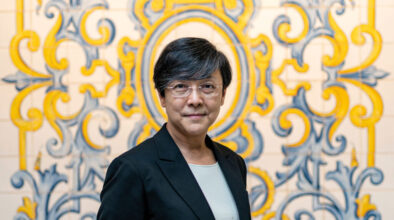Macao’s Hotel Central was a trailblazer in its day. Once lauded as the tallest hotel in Macao, the teal-coloured feat of early Modernism boasted the city’s first elevator and a colourful clientele – several of whom contributed to the intrigue that continues to add a certain je ne sais quoi to the property. Never mind the fact its heyday was well and truly over by the late 1960s.
It enjoys a prime location, situated just steps away from the Senado Square, Avenida de Almeida Ribeiro, and St Dominic’s Square. This strategic positioning is significant, as these landmarks were all designated as classified immovable properties back in 2018, underscoring their cultural and historical importance.
Given the hotel’s placement within this storied district, its recent renovation project was closely overseen by the local Cultural Affairs Bureau. This oversight ensured that the updates to the Hotel Central were carried out in a manner that respected the surrounding heritage sites and preserved the area’s distinctive character.
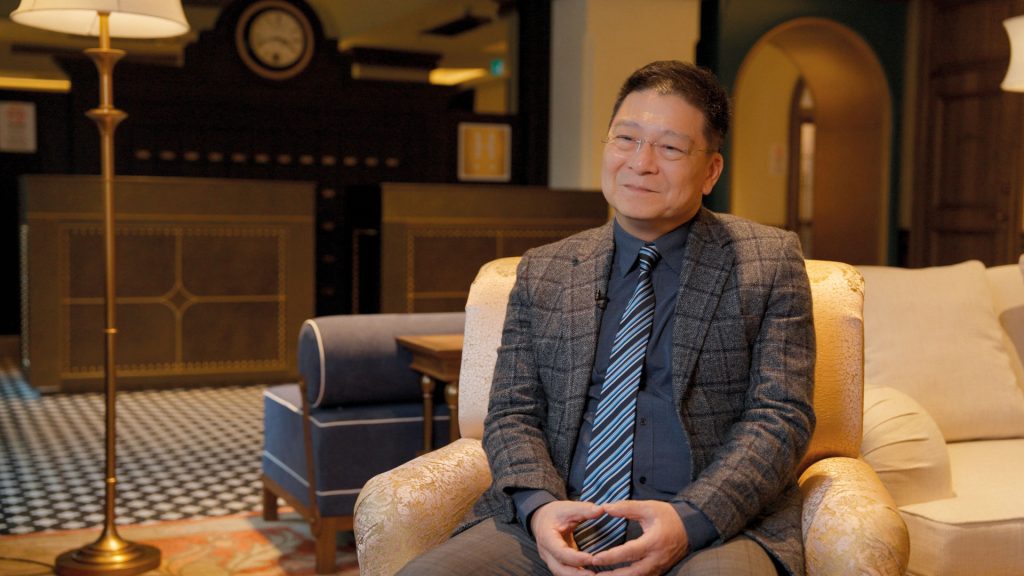
While the building – its retro red rooftop sign adding stature to its once-formidable 11 storeys – still towers above more subtly hued neighbours occupying the historic area near Senado Square, it can no longer claim to be the tallest anything. Its interior was in such a state of disrepair by the 2010s that most thought it a hopeless case. Not local property developer Simon Sio, however. When Sio heard a sale was looming, he decided it was high time to awaken Hotel Central from its slumber.
Sio’s company purchased the hotel in 2016 for more than 1.5 billion patacas. It then invested a further 400 million patacas in restoration works. Despite embarking on an extensive and much-needed makeover, Sio’s team managed to preserve much of the heritage hotel’s original charm and character. In fact, the revamp expressly celebrates not only the building’s history, but Macao’s as well. Sio, who grew up next to Hotel Central, sees the two as inextricably linked.
This May, after eight years of toil behind closed doors, the property reopened to the public.
The rise and fall of Hotel Central
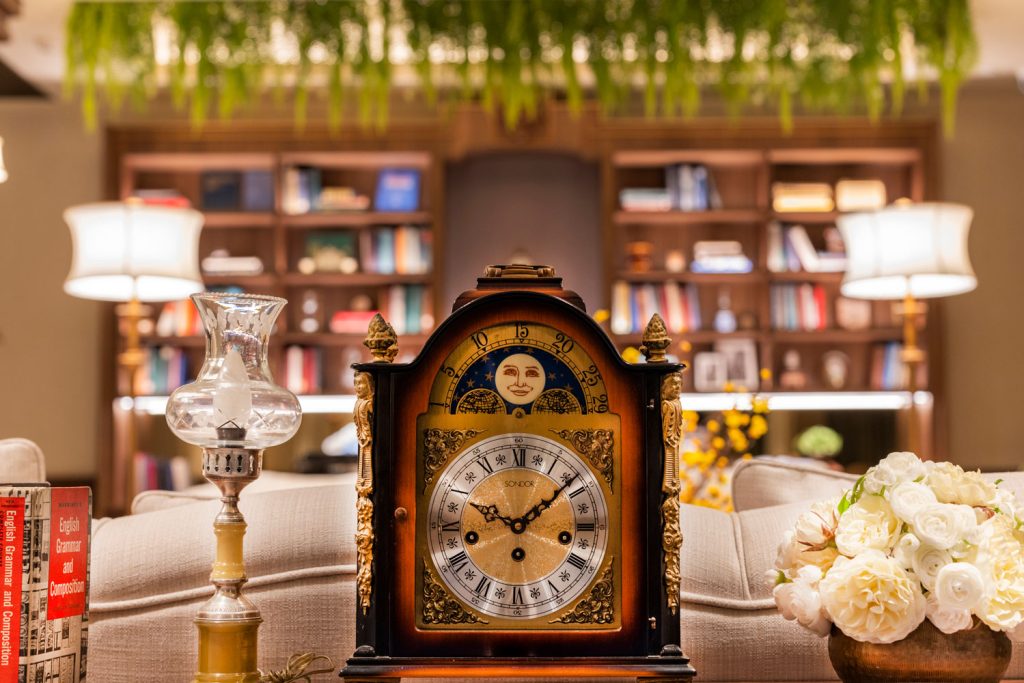
Hotel Central was conceived as a complementary addition to Macao’s new main avenue, Avenida de Almeida Ribeiro (better known by its Cantonese name, San Ma Lo). The area was a maze of winding, residential alleyways prior to 1918, when the city’s Portuguese administrators decided a major thoroughfare was needed to improve traffic flow.
“[They] had the intention of building a hotel on such a great, new and prosperous avenue, so they launched an open tender,” explains Sio, who’s an enthusiastic expert on the hotel’s history.
A decade later, that hotel opened as the Hotel President. A rebrand followed in the early 1930s, courtesy of a new pair of owners: one big in the casino industry, the other a pawnshop mogul. The President became the Grand Central (and later, ‘New Central’, before settling on the more straightforward ‘Central’). It also acquired an exclusive gaming concession from the Portuguese authorities.
In the years that followed, Hotel Central continued to grow in both size and status. It saw its eighth storey added in 1937, thanks to an economic boom Macao experienced as wealthy exiles from the mainland settled here during the Second Sino-Japan War (1937-1945).
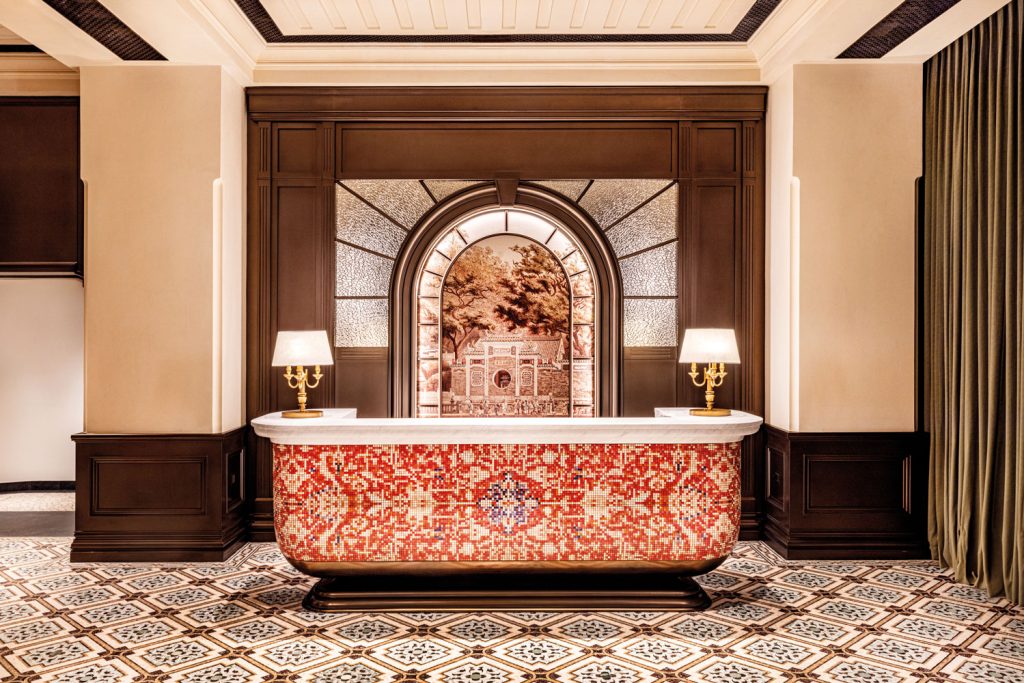
In 1941, Hotel Central’s owners requested to build three more levels. They sought to maintain a competitive edge over the newly erected Grande Hotel, which was a slightly taller nine storeys. However, citing safety concerns, local officials rejected the proposal. The subsequent legal battle made it all the way to Portugal’s Supreme Court of Justice, which ruled in favour of a compromise. Hotel Central could indeed grow to 11 storeys, but only in accordance with a fresh plan – using lightweight materials – put forward by the architect Chau Chi Fan. Chau was the only Chinese architect to have studied in the US at the time.
The extension helped secure a few more decades’ prominence, during which the hotel welcomed many high-profile guests like Ian Fleming, author of the James Bond spy novels. Fleming visited the hotel in 1959 and his stay made such a strong impression on the writer that he included it in his 1963 travelogue, Thrilling Cities.
“Fleming described the hotel in great and profound detail,” says Sio. “He wrote of the extravagance and indulgence of Hotel Central during that era, as well as the prosperous image that it projected.”
A second wind
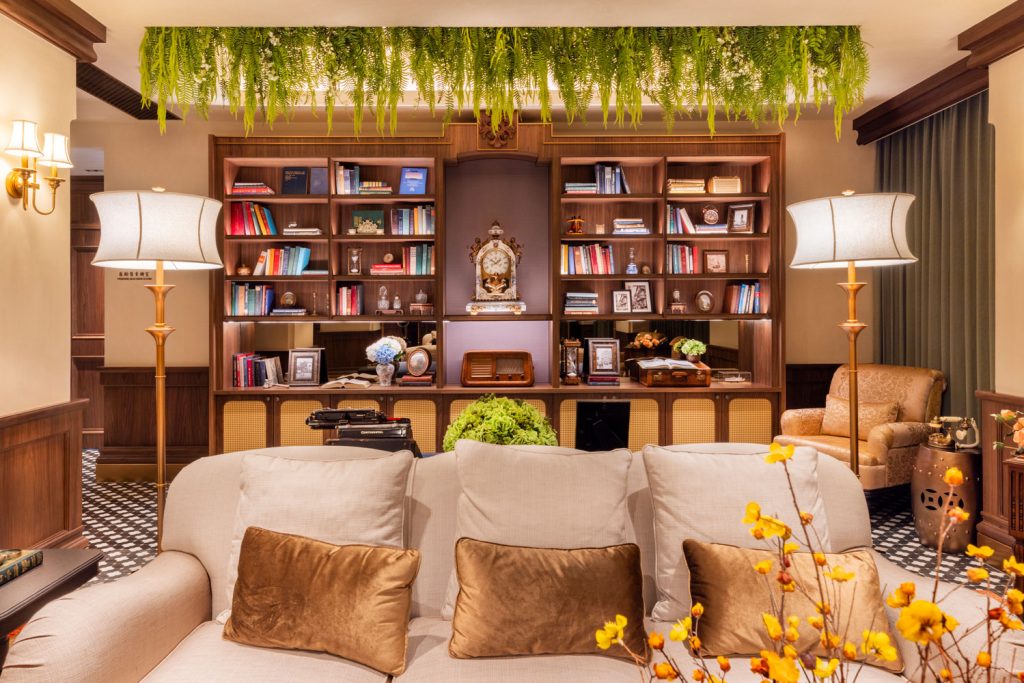
Sio first heard about plans to sell the hotel back in 2009. He quickly initiated negotiations with its co-owners, the Fuk and Kou families, but the process took seven years to complete.
“In the end, I bought 64 percent of the shares that the Fuk clan were in possession of through a tender process, and then negotiated again with the Kou clan, purchasing the remaining 36 percent of their shares,” he shares. “Afterwards, I consolidated all the property rights and became the owner.”
Bringing the hotel back from the brink proved even more difficult, beginning with its foundations – which needed extensive, labour-intensive stabilisation work. Sio has been dedicated to preserving the hotel’s original character throughout the renovation, even though starting from scratch would have been easier. He has painstakingly replaced materials that were past their prime with new versions that looked and felt the same. Ageing structural components were swapped out with modern improvements that, Sio hopes, will ensure the building withstands at least another century.

A further nod to the building’s history comes in the form of a ground floor gallery, displaying artefacts and information from across Hotel Central’s rich history. The exhibition was specially curated by University of Macau history professor Ieng Weng Fat.
Heritage also permeates the 114 guest rooms, with different levels harking back to different eras. The 5th and 6th floors have a 1920s theme; the 7th and 8th are 1930s-inspired; while the 9th and 10th pay homage to the 1940s. The first three floors are gearing up to house high-end retail outlets, while the fourth floor is home to both the hotel’s lobby and restaurant. The latter is a reimagining of Hotel Central’s original Palace Restaurante, established in 1977. Its new menu features a selection of classic Macanese recipes, the likes of Portuguese coconut chicken and oxtail soup, along with international cuisine.
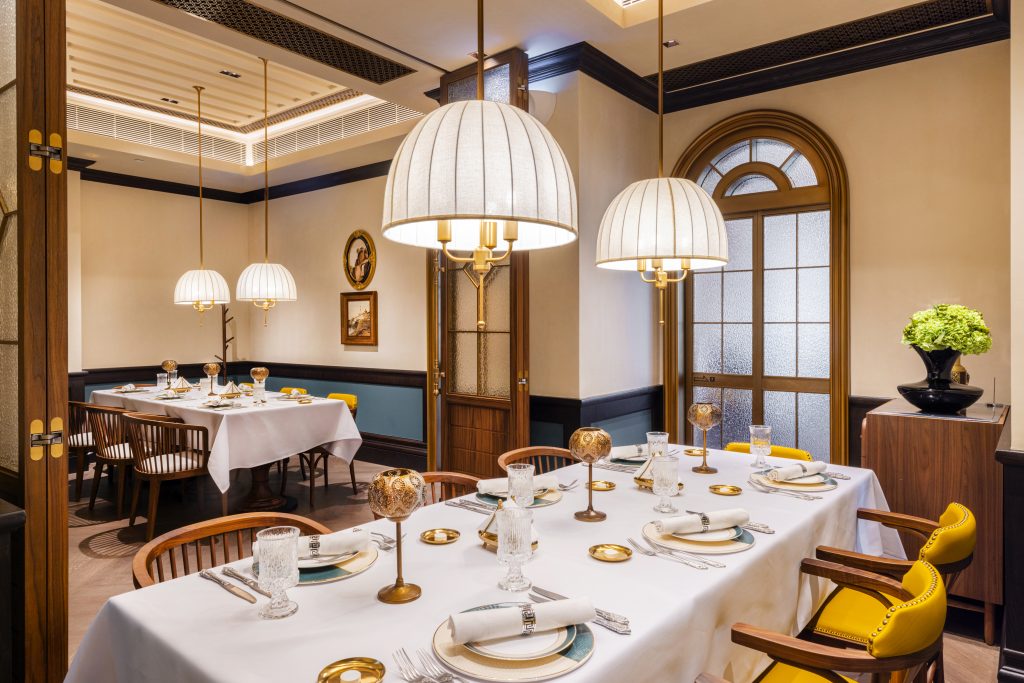
The hotel’s top level, meanwhile, features a viewing area where guests and visitors can gaze out at 360 degree views of Macao’s old town.
In recognition of the extensive and stellar work that went into renovating the building, the prestigious China Tourism and Culture Starlight Awards named it the “Annual Designer’s Boutique Hotel” earlier this year.
Fulfilling a childhood prophecy

Reviving Hotel Central has been a labour of love for Sio. His connection to the property runs deep: as a child, in the 1960s, he treated the still opulent hotel as his personal playground. Those halcyon days ended when its staff unceremoniously removed him from the premises. They did not approve of “filthy kids entering the hotel to play,” Sio laughs.
“They grabbed me by the collar and threw me out on the footpath,” he elaborates. “As a naive child, I pointed to the hotel and said angrily, ‘One day, when I’m rich, I’m going to buy you.’” Then he scurried back to his family’s home across the road.

Sio is quick to note that he didn’t actually purchase the property as an act of comeuppance. Through breathing new life into Hotel Central, he sincerely hopes to revitalise the historic district in which his formative years were spent. And see Macao achieve its potential as a tourism destination with global appeal.
